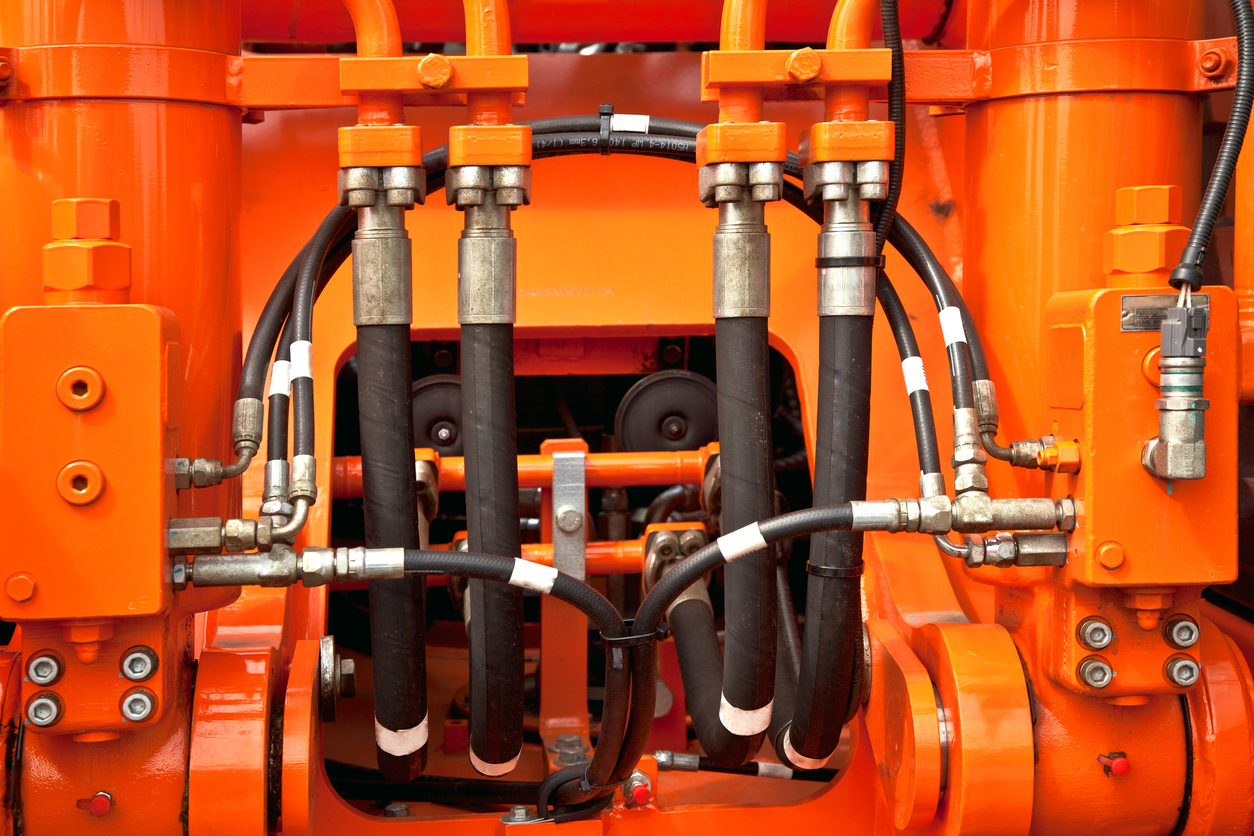
Care and Maintenance of Hydraulic Cranes
March 8, 2019 | By Ben Howard


Provided by: Ben Howard.
How to properly care and maintain, to keep them running in good shape.
It goes without saying that cranes are a useful resource in the construction industry. What would we do without them to lift, pull, and haul heavy materials such as precast concrete and iron?
Now in the 21st century, their usability has extended to other industries such as mining, manufacturing, and a host of others. Cranes are generally categorized by their uses and mechanism of operation, and one such type is the hydraulic crane. Hydraulic equipment uses a combination of pistons and confined liquids (mostly oil) to transmit pressure from one point to another with a much greater force.
Therefore, a hydraulic crane is powered by a fluid-filled hydraulic system. Hydraulic cranes, specifically, are powerful and used in transporting very heavy objects that electric or fossil fuel powered cranes fall short of.
As with all other heavy equipment, hydraulic cranes require specialized training and certification before they can be operated. They also require adequate care and maintenance for efficient operations and for avoiding operational hazards.
Here are some tips for keeping your hydraulic cranes in good shape. Operational training and certification
The primary and most important aspect of caring for hydraulic cranes is to ensure professional training and certification of operators. Hydraulic cranes are large and powerful, which means accidents can be fatal. Operational failures are routine experience with cranes and could put operators and those close by at risk of falling objects.
Improperly assembled cranes can also tip over, thereby causing large-scale damage. Professional training and certification give operators the required skills and safety procedures in crane operations. Including, but not limited to, the following:
• Preoperational checks;
• Availability of fire extinguishers; and
• Operational checks of systems like brakes, lights, steering, alarms, etc.
Comprehensive repair and support plan
Hydraulic cranes require a strict preventative maintenance plan, so breakdowns at the worst possible moment are avoided. A scheduled plan anticipates and prevents problems before they occur. Services like this are recommended and offered by hydraulic repair experts.
A preventative maintenance strategy will give your cranes a healthy safety margin, (i.e., replacement of worn components before they break). This decreases costs in the long run.
Damage offset and general wear
Cranes are generally susceptible to dirt and hazards because of the environment they operate in. Crane vibration moves parts such as screws and fasteners out of specified range settings, upsetting rigging and loosening formerly secure assemblies. Though dirt (or other elements) on hydraulic crane exteriors isn’t necessarily harmful, it can do harm when it gets into the hydraulic system.
A strong maintenance program ensures the hydraulic system and fluids are free of external elements, moving parts are retightened and fresh lubrication is applied at regular intervals.
Proper inventory management
Another important aspect of hydraulic crane maintenance is proper inventory management. This simply means ensuring spare parts are promptly and readily available as, and when, needed.
Hydraulic cranes, as with all equipment, need to be repaired regularly. So if you replace components and keep an accurate and up-to-date inventory of materials for your crane, you can be sure that components will never be overworked due to lack of replacements.
——————————————–
Ben Howard is a third-year mechanical engineering student at the University of Western Australia specializing in engineering design and fluid mechanics. His practical experience ranges from plant requisitioning, installations, and testing for local engineering firms in Perth, Australia. He can be reached at thehowardben@gmail.com.
Advertisement
Stories continue below
